The Shannon area has benefited from tourism because of its close proximity to Shannon Airport but also because of the many historical attractions you'll find there, along with its natural beauty.
This region of Ireland includes the counties of Clare and Limerick.
County Clare
Bunratty Castle and Folk Park is Ireland’s best-known castle, attracting around 400,000 visitors each year.
Set on 26 acres, the castle will give you an idea of what life might have been like in Ireland if you had the good fortune to be part of a medieval banquet in this beautiful 14th-century castle.
The castle was built in 1425 and was the stronghold of the O’Brien family, high kings of Munster, and later the Earls of Thomond, rulers of the region.
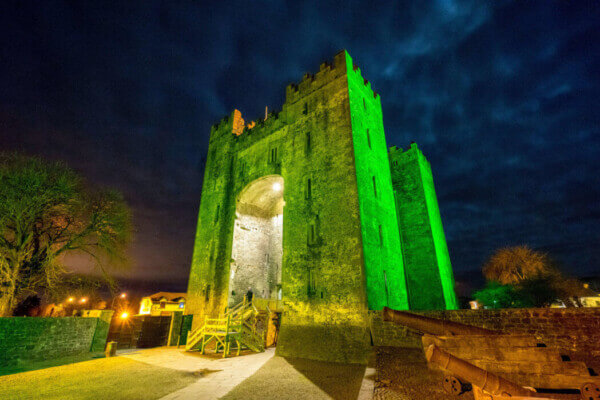
You can walk through the recreated 19th-century Irish village complete with country cottages, shops, pubs and more.
You'll also see actors in costume portray school teachers, farmers, policemen and the Bean an Tí (pronounced “Chi”), otherwise known in Ireland as the woman of the house, while others display the traditional stonewall building and thatching common during the period.
Farther north in the Shannon area is the Cliffs of Moher.
Stretching for five miles, the cliffs are made up of sandstone, siltstone, mudstone and shale rock, which was formed 300 million years ago.
Even in the 1st century, forts were built nearby to watch for invading forces.
In 1588, the infamous Spanish Armada fleet of ships were wrecked below the cliffs.
Today it is one of the most popular tourist attractions in Ireland, attracting over a million people a year.
To view the cliffs, you’ll need to take the paved pathway to the top.
If you want to explore more of the region, think about taking the 20-km (12 miles) Cliffs of Moher Coastal Walk, which connects the towns of Liscannor and Doolin.
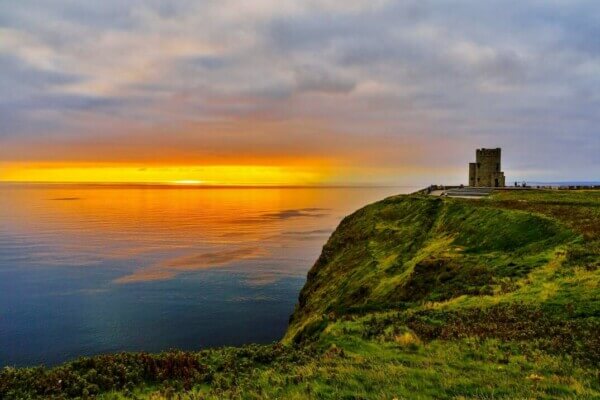
Nearby you'll find O’Brien’s Tower, which was built in 1835 by local landlord and Member of Parliament Sir Cornelius O’Brien as an observation tower for English tourists visiting the area.
While the Cliffs of Moher are located in The Burren, there's a lot more to explore there outside of the cliffs region.
The first stop for many first-time visitors to the area is the Burren Centre.
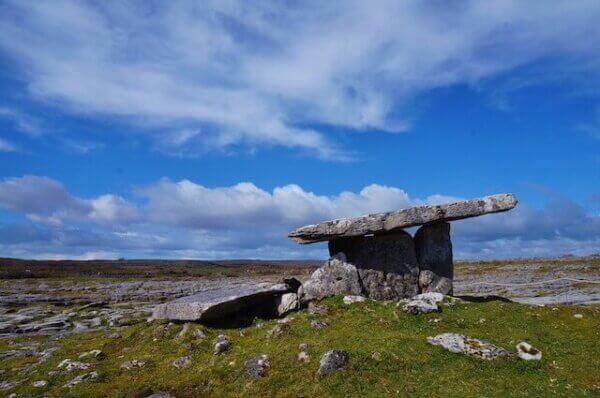
When you arrive, an audio-visual display and an accompanying exhibition will introduce you to The Burren’s unique archaeology and ecology.
There are plenty of Megalithic tombs and other monuments to be found in the area, as well as ring forts that speak to an ancient civilization.
The Poulnabrone Dolmen is perhaps the most popular and most photographed attraction in The Burren landscape.
County Limerick
In Limerick, there is much to see.
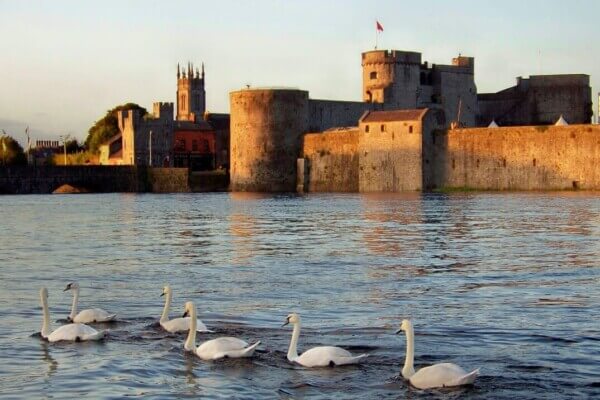
The most popular tourist attraction in the city is King John's Castle, a 13th-century castle located on King's Island and built by King John.
The remains of a Viking settlement were uncovered during archaeological excavations in 1900.
The castle, one of the best-preserved Norman castles in Europe, still contains its walls, towers, and fortifications.
Like many cities in Ireland, Limerick is quiet walkable, but if you don't want to do it alone, you could take a walking tour of the city.
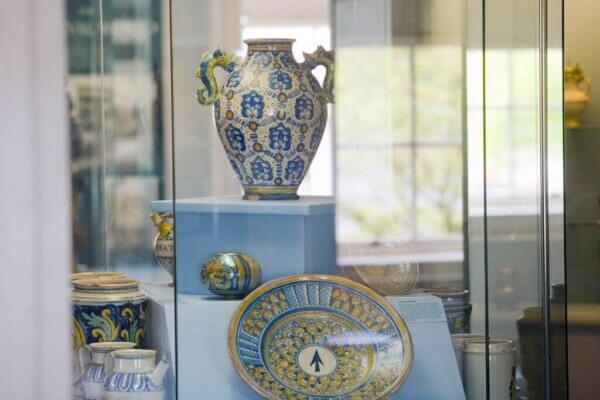
Outside of Dublin, The Hunt Museum, located in an iconic Georgian building in the heart of Limerick, is where you will discover some of the finest collections of Bronze and Iron Age monuments, as well as medieval and modern treasures.
The museum’s most notable treasures include a Syracusan coin said to have been one of the 30 pieces of silver paid to Judas for his betrayal of Jesus, as well as works by Picasso and Jack B. Yeats.
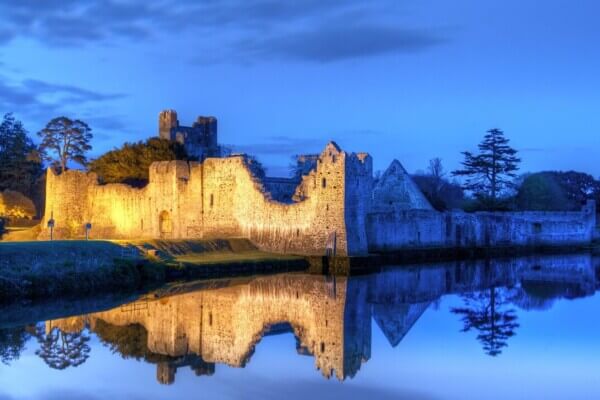
About 12 miles outside of Limerick the picturesque 13th-century village of Adare can be found.
On the outskirts of the village is Desmond Castle, which for 300 years was the property of the Earls of Kildare. In 1536, it was seized and granted to the Earls of Desmond, hence the name.
While exploring the Shannon area around County Limerick, you should also consider the Lough Gur Visitor Centre and Lakeshore Park as well as the Foynes Flying Boat Museum.
